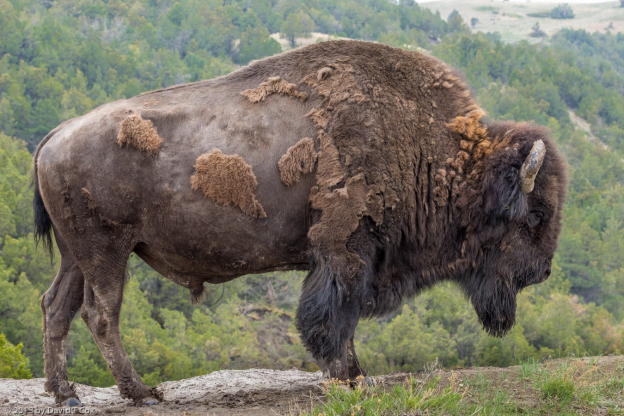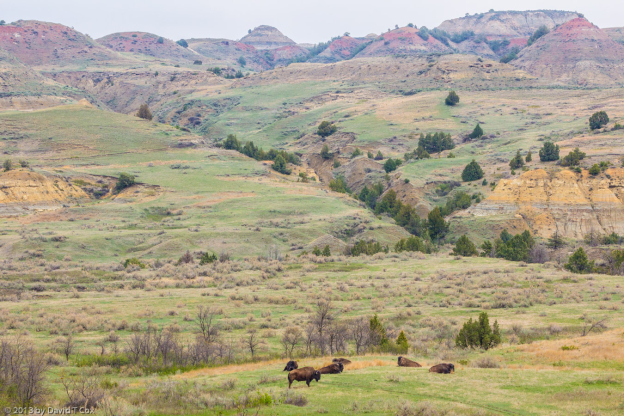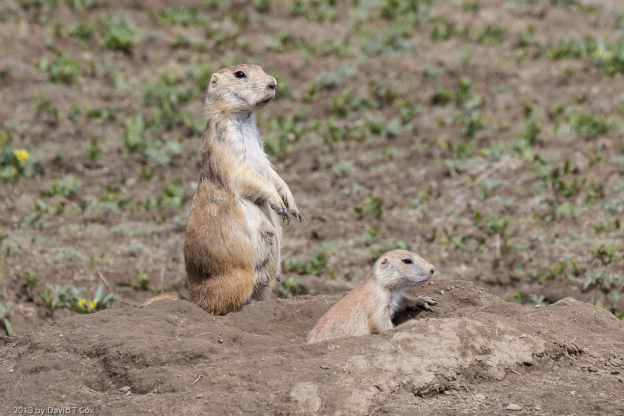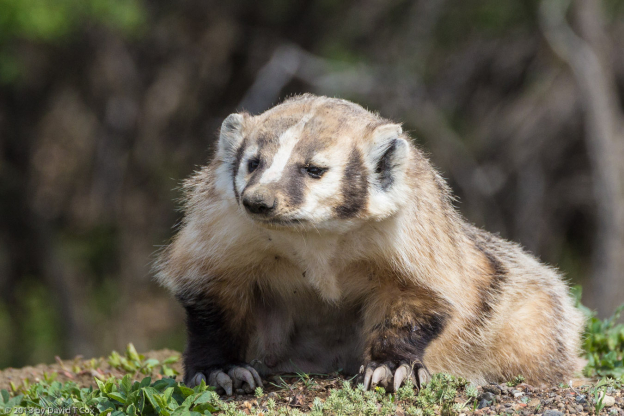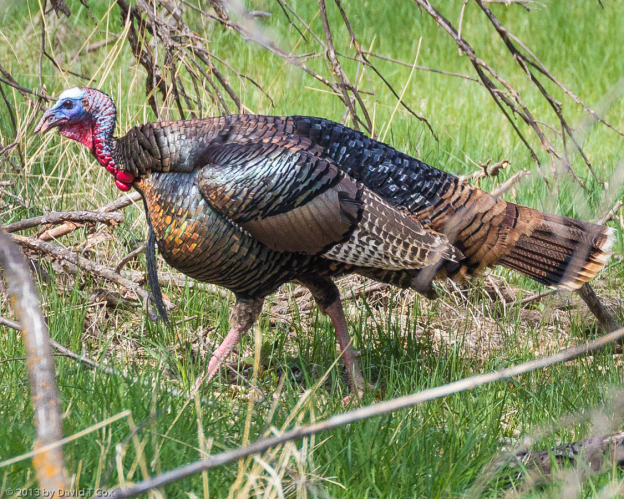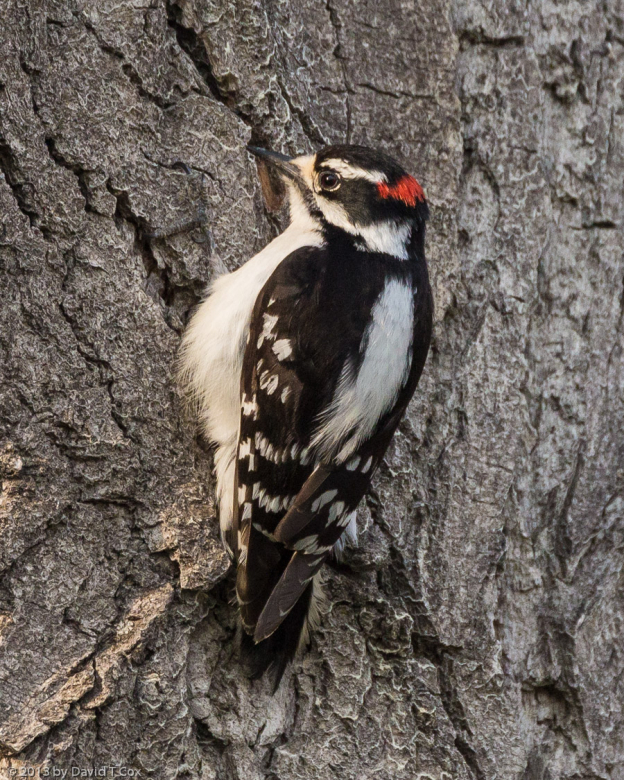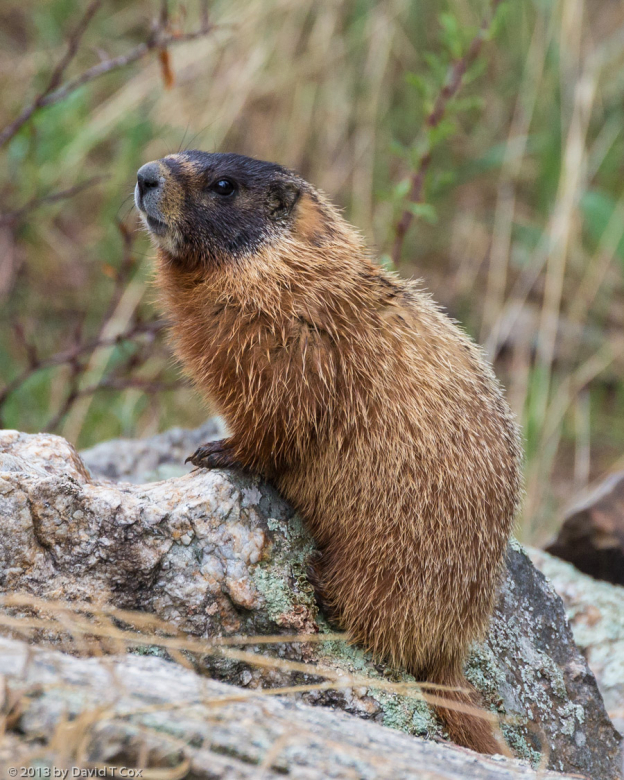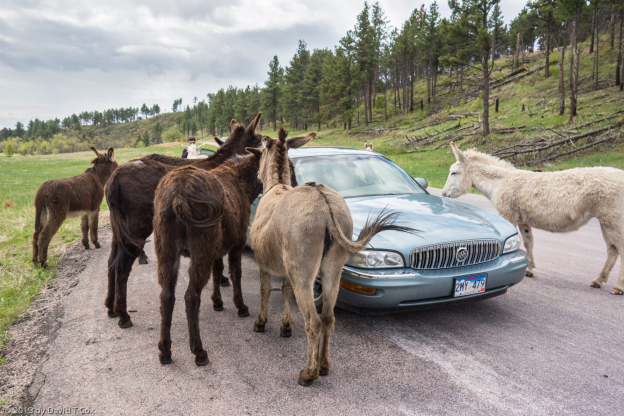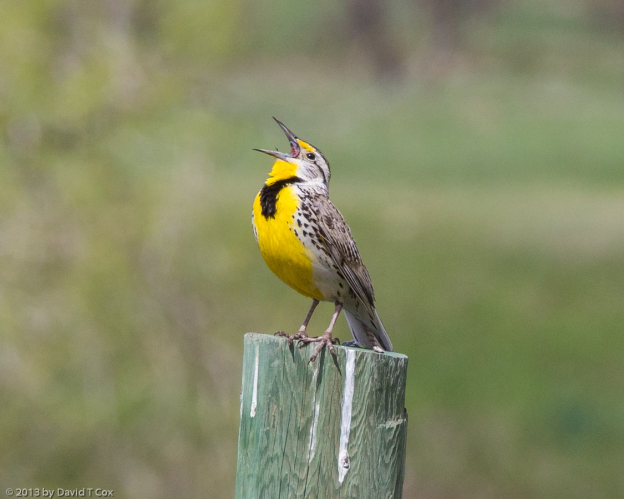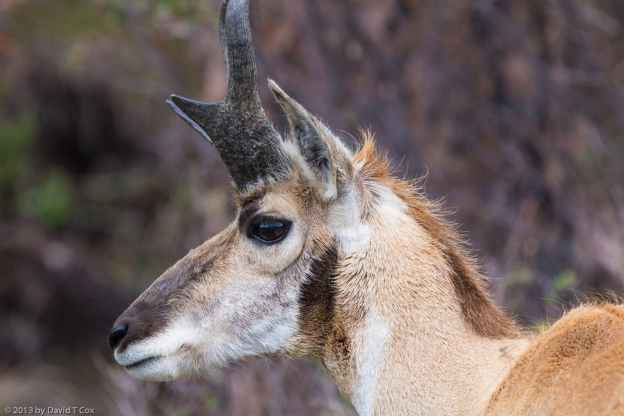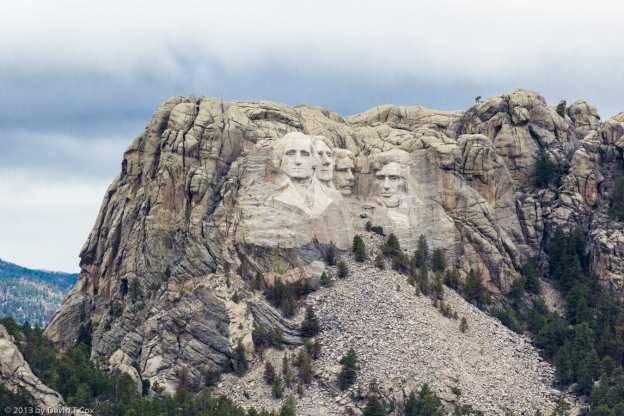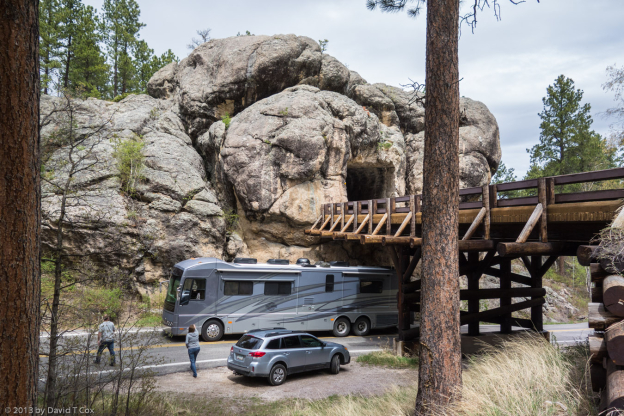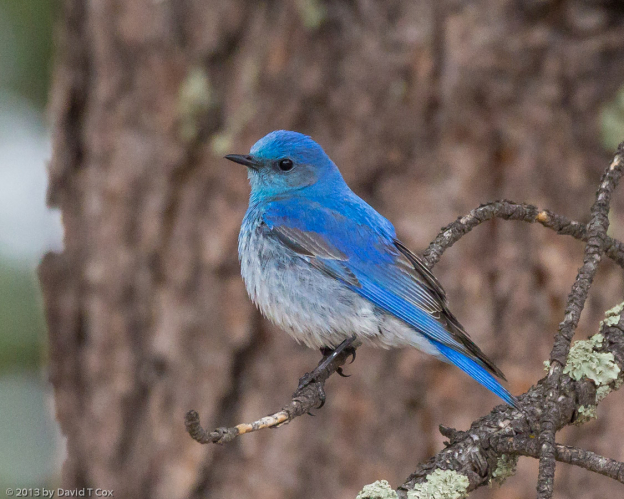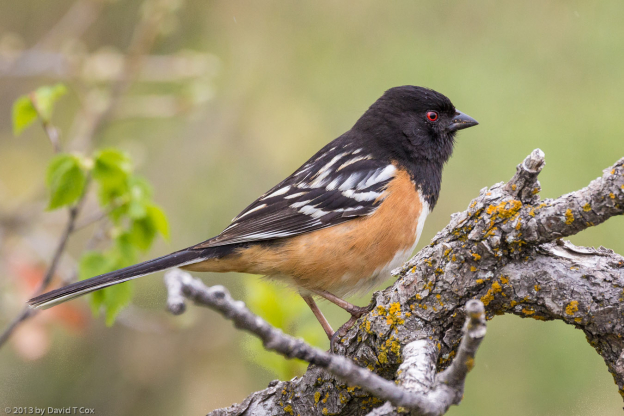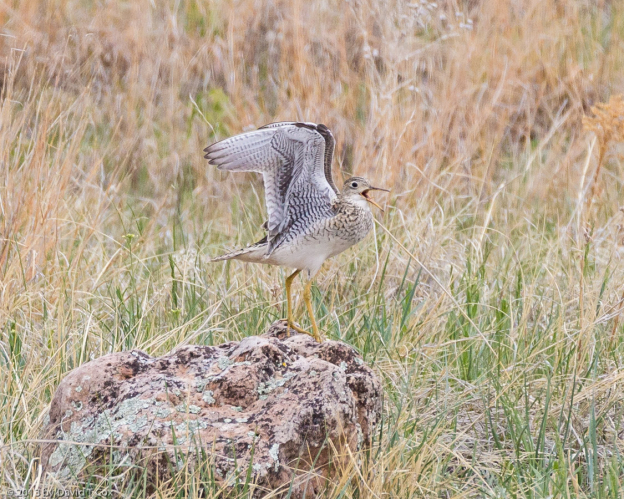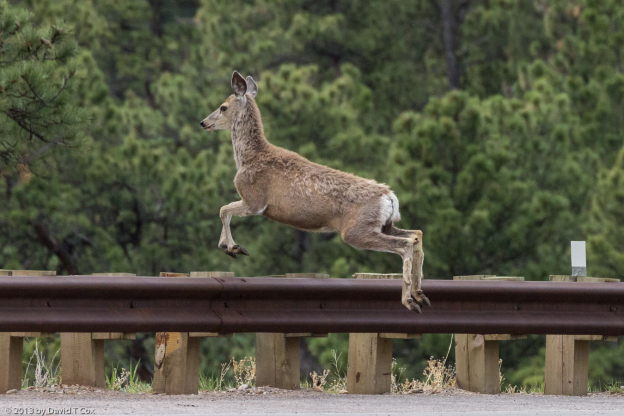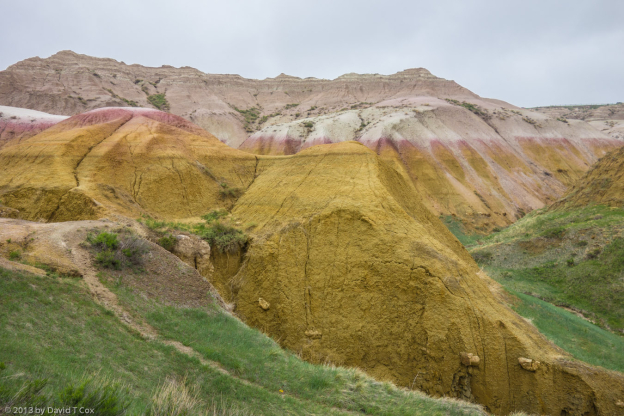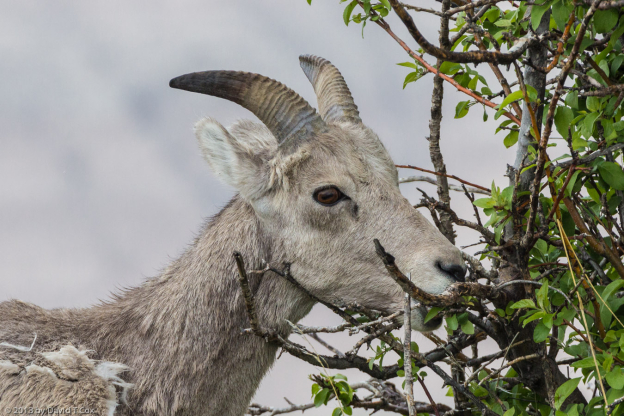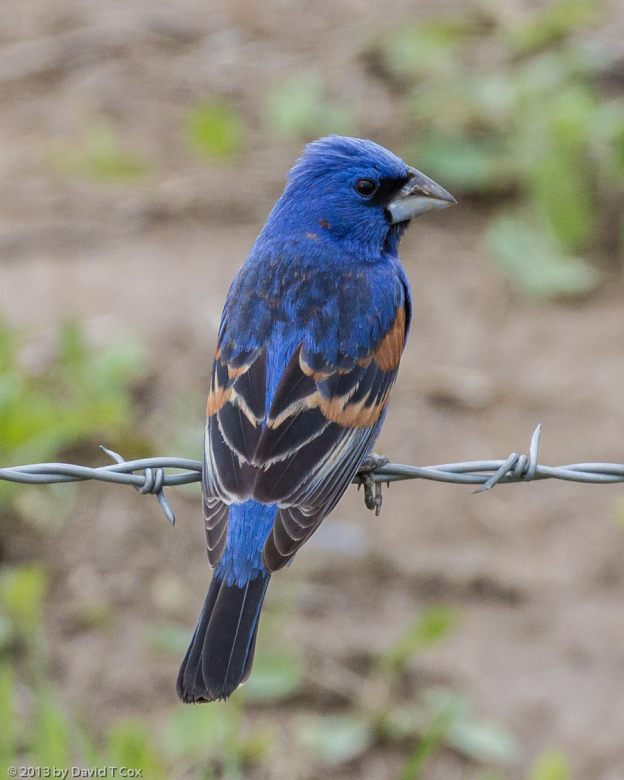All Photos Are Below the Travelogue Text
Click on Any Photo To Open Slide Show
To print the travelogue, right click anywhere on the page. Choose "Print" from your browser dialog box. You can choose Save to PDF in the browser print window.
Share your thoughts.
Email Dave - coxdavid55@hotmail.com
Hello everyone. I have visited the Theodore Roosevelt National Park in North Dakota, and currently am visiting Custer State Park and the Badlands National Park in South Dakota. It has been cold, overcast and/or windy every day since last I wrote from Itasca State Park in MN. A little over a week ago I drove from Itasca into North Dakota, and on into Medora at the entrance to the Theodore Roosevelt National Park. The two day drive across western Minnesota and west across all of North Dakota provided the only sunshine I have seen in two weeks; however, I drove into cold headwinds of 40 mph constant speed. It was miserable, and the poor car drank gas as if it couldn’t quench its thirst.
I stayed in an RV camp in Medora for 3 days and drove into the Park and badlands each day. Theodore Roosevelt National Park is full of wildlife and the scenic badlands. It was here that a young Teddy Roosevelt came in his late 20’s and set up 2 ranches. He spent a number of years living the life of an outdoorsman hunter and cowboy. He credited his life here with permitting him to be President, and it was here that his conservation instincts kicked in as he saw the last of the bison being hunted to extinction. He created more national parks and wildlife preserves than any other president, and so is honored with this Park. In the Park I photographed bison, pronghorn, mule deer, wild turkey, wild horses, black-tailed prairie dogs and a remarkable badger (rarely seen) that I found had taken up residence in a prairie dog town. The badger was well fed and sleek as he simply left his hole and had only to wander a few feet to dig up yummy fat little prairie dogs.
I had a huge adrenalin attack early one dreary overcast wet morning. Having seen a large male bison grazing around a campsite in the park the previous day, I assumed it was somewhat accustomed to people on foot nearby. I approached on foot, and for 10 minutes tried pictures from several angles from about 50 to 60 feet. Suddenly, through the viewfinder, I saw the huge bison (the big ones weigh about 2,000 lbs.) spin around, lower his head, and come charging straight for me. I took off at high speed, but immediately remembered that bison run 3 times the speed of humans. I looked back and he was about 30 feet from me, and I clearly remembered thinking of what dogs do when chased by bulls, as well as the picadors in bull fights who plant the barbed flags; they run at an angle, more toward than away from, the beast (I admit to simultaneously wondering what it felt like to be gored). So I turned and took off at less than a right-angle. The bison immediately stopped and went back to grazing. He had done what bison always do when bothersome predators hang around. I was chagrined at breaking an easy rule – keep a 100 foot distance; many people have been gored by bison, and some killed. I subsequently got many great close-ups of bison, but though often much closer than 100 feet, most were from around my car; bison, as with most wildlife, seem less concerned with cars than with people on foot. Of the many bison pictures I have taken so far, I decided to include the one that to me seems most iconic; I think it reminds me of the “buffalo” on the old nickel.
From Medora, I drove last Saturday to the southwestern corner of South Dakota, into the famous Black Hills, with enough attractions for 2 states packed into a tiny area. I have headquartered in the Beaver Lake RV campsite just outside the town of Custer, on the western edge of the Custer State Park, and just south of the Mt Rushmore area. I spent 3 days cruising the Park, which is filled spectacularly with wildlife and birds. It has the largest free-roaming number of bison in North America (about 1,500), as well as wild turkey and 3 species of deer, both mule and white-tailed deer and elk, plus pronghorn. I got to see and photograph the uncommon Yellow-bellied Marmot and the Upland Sandpiper in the Park. Driving the wildlife loop road in the Park one usually encounters the famous (or infamous) free roaming “begging burros”. These often gather on the road to stop traffic, and will “mob” any car with open windows whose occupants offer food.
With the perpetual overcast and rain, but the marvelous wildlife, I have been considering the classic song “Home on the Range”, written about these northern plains (although made the state song of Kansas). I have noted issues with the wording of the song, and on driving through Custer State Park for the last several days have revised some obvious errors; below is the rewritten version of the first verse, which original version needed 5 separate corrections. I need neither accolades nor smarmy remarks concerning the following:
“Oh give me a home where the great bison roam,
and the deer and the pronghorn still graze.
Where sometime is heard a discouraging word,
for the skies can stay cloudy for days.”
On Tuesday I drove Hwy 16A (a little traveled alternate route) north to Mt Rushmore. This short alternate section of highway runs from Custer State Park north for about 20 miles, and is a remarkable narrow, twisting, steep road which passes through 3 even more remarkable tunnels carved square through rocky mountain tops. These tunnels have no supports; they just are chiseled through the solid rock. The smallest on this road is just 13 foot wide and 12’ 2” high. The approach has to do a 300 degree very tight uphill loop, which bridges over itself with a wooden bridge, and then plunges into the tiny carved mountain orifice. See the attached photo to get the idea; the loop is behind the camera. While there photographing the tunnel, a giant motorhome approached (see picture). I helped measure the motorhome and the tunnel; even lowering all the air-shocks in the RV, it was 4 inches too tall. The driver was unwilling to try to turn around where he was, though I offered to help guide him and try to control traffic. Ultimately he contacted the state police who, when I departed, were on their way to resolve the situation. Do not try to take large RVs on tiny roads like this!
From the top of a neighboring mountain, on Hwy 16A, one obtains perhaps the most perfect view of Mt Rushmore; although it is from a distance of about 3 miles, it is straight on, and one is not required to look up into the nostrils of the 4 Presidents. I used a telephoto lens, and suspect many published shots one sees of the presidents is in fact from here, and not from the Monument which sits at the base of the mountain upon which the faces are carved. Arriving at the Monument, one finds a four lane entrance through toll booths, with flashing electronic signage, collecting $11 for a parking fee to enter a gigantic 4 story concrete parking garage. This opens onto further concrete walkways and lines of state flags. It is our National Park Service gone seeming off track at a historic site which receives too many tourists in too small an area. I remember the Monument from a visit in 1960; it was rustic then. I chose not to spend time inside and tarnish my memories, and satisfied myself with the more pleasing views from the alternate highway.
The above story about the very large RV prompts me to digress a little, onto RVs. In the larger private RV camps where I have stayed, almost all the RVs are simply huge; I am guessing almost all are over 35 feet. Really noticeable are the “small” ones, which are in the mid 20’s. I chose my tiny trailer (10 foot w/o hitch) as a significant improvement over tenting or sleeping in the car, and an improvement over the pop-up camper van I rented in Australia. I cannot imagine handling the big ones. Almost all have at least 3 expansion “roll-out” sides, and are hooked up to not only power, but water and sewer at all sites (my little one can be hooked up to all utilities as well, but I do not intend to use them under usual circumstances). Out in the “primitive” camp sites, with mostly tents, is where I have seen a couple of tiny RVs like mine. End of digression.
Yesterday, which was the lone day within the last week forecast to be sunny, I traveled east to the Badlands National Park for the day. It was not sunny; indeed, it was heavily overcast all day and rained much of the time (see again the revisions to “Home on the Range”). These badlands bare resemblance to the badlands of North Dakota only in the colorful eroded landscape. Unlike the rich with plantlife and wildlife northern badlands, these South Dakota badlands host only the hardiest of life on the fringes. The official bird list for the Park lists 21 species only as common. The soft colorful bands of the severely eroded hills are quite spectacular and otherworldly. I did find the burrowing owls which nest in holes at the fringes of prairie dog towns. Also, as predicted by the rangers at the visitor center, I did find bighorn sheep where the loop road reaches Pinnacles Pass. The entire park area is famous for the paleontology done there; it apparently produces more “mammalian” fossils (from about 30 million years ago) than any site on earth.
Among the attached photos, which are not otherwise mentioned above, are the spotted towhee, downy woodpecker, western meadowlark, mountain bluebird, blue grosbeak and a rather neat mule deer clearing a railing. Tomorrow I probably will travel on into the northeastern corner of Wyoming to visit the Devil’s Tower; perhaps I will have an encounter of the 3rd kind. After that I will be heading towards Yellowstone. Life still is good (would be great if the sun would shine). Later. Dave
To print the travelogue, right click anywhere on the page. Choose "Print" from your browser dialog box. You can choose Save to PDF in the browser print window.
Share your thoughts.
Email Dave - coxdavid55@hotmail.com
